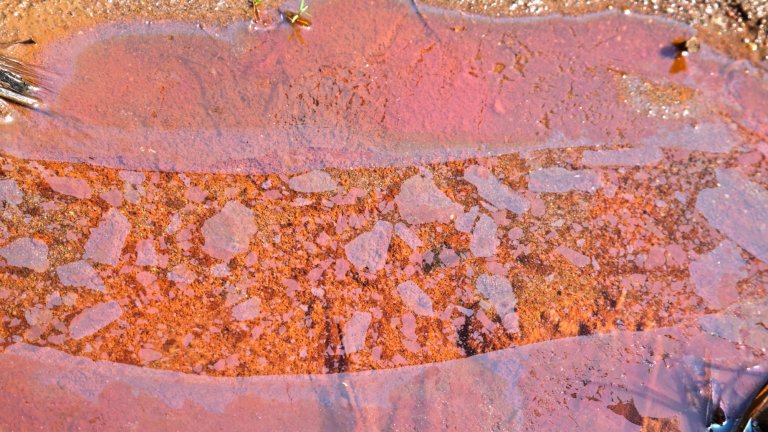
© Sabine Desprats Bologna / GET / CNRS Images
View the mediaScientific news
On World Cleanup Day, and with the opening of the 7th International Maritime Debris Conference (7IMDC), a small overview in pictures of fundamental and innovative research on a subject that affects us all.

© Sabine Desprats Bologna / GET / CNRS Images
View the mediaWaste is everywhere and comes in all forms: in our streets, forests, sewers, and especially, in our oceans and along the coastlines. More than ten million tonnes of plastic waste are discharged into the oceans every year, forming a floating “seventh continent” and destroying marine organisms before ending up on our plates. In fact, the quantity of waste (plastic, but also organic, industrial, electronic, textiles, etc.) that we discharge into the environment each year is literally immeasurable.
Scientists are therefore scouring the earth, the oceans, and even the air to measure, capture and eliminate as much as possible of this waste which is ruining our lives and that of our planet. And some of them are going beyond fundamental research, creating start-ups which are developing ground-breaking methods to clear up and often even reuse this waste.
On this World Waste Awareness and Cleanup Day, and as the 7th International Maritime Debris Conference (7IMDC) opens on 18 September, we have picked some reports for you that take a close look at the scientists who are studying this issue from all angles, and who are trying to solve it in often very surprising ways.
Our work is guided by the way scientists question the world around them and we translate their research into images to help people to understand the world better and to awaken their curiosity and wonderment.